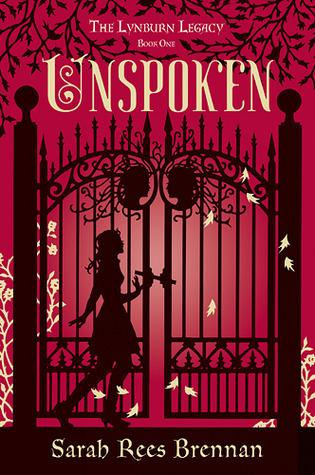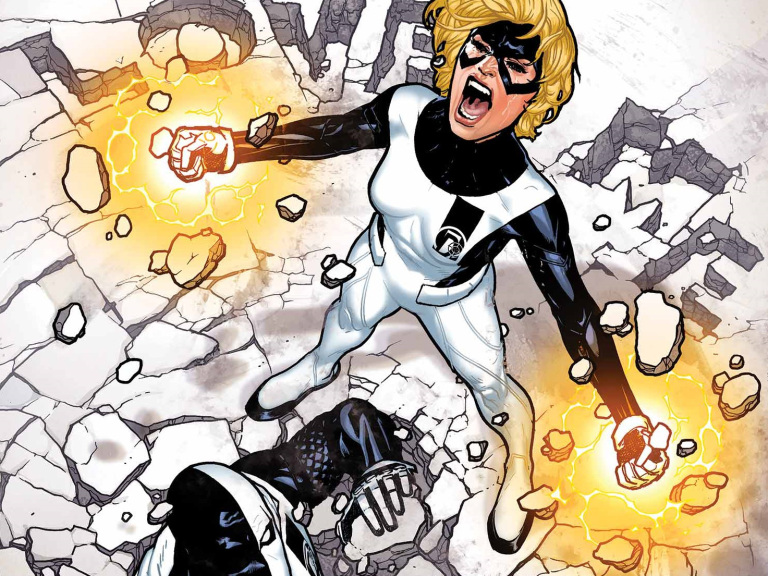When I was much younger I was rather taken with the short fiction of George R. R. Martin. One story, “Nightflyers”, even got made into a movie of the same name. An obscure movie.
However, I wrote no notes on those so this is the only book of Martin’s short fiction I’ve written about.
I have not read anything in the Game of Thrones series nor watched the series. And I probably won’t ever do either.
Raw Feed (1995): Sandkings, George R. R. Martin, 1981.
“The Way of Cross and Dragon” — An interesting story with a distinctly mediaeval flavor. This is part of Martin’s loosely connected Commonwealth (I think that’s the name [Martin’s ISFDB.org calls it the Thousand World series] series and features an Inquisitor of the Order of the Knights of Jesus Christ dispatched to put an end to a particularly intriguing heresy. That heresy is the best and most inventive part of the story and called the Order of Saint Judas Iscariot. The heresy is based on a lively mishmash and confusion of myth and history (with the cover of divine curses having altered memories). Judas starts out as an ambitious youth and child prostitute and then becomes a necromancer, sole tamer of dragons, and lord of Babylon. Then he moves to mutilator of Christ and, via Repentance, an apostle. After the crucifixion, he angrily kills Peter and is rebuked by Christ upon Peter’s resurrection. Judas has his gifts of tongues and healing removed and is told by Christ he will forever be remembered as the Betrayer. Eventually, after living more than a 1,000 years, he finds favor with Christ again. He consents to have Judas’ true history remembered by a few. As entertaining as this heresy is, it’s just a frame to hang a philosophical tale on about the attraction beautiful lies have be they political ideologies or religions. Only a few can stare at the true universe which has no afterlife, no Creator, no purpose for human life, and no chance for the human race to leave a permanent memorial. (Martin once described his stories as being search-and-destroy missions against romance.) One of those few is the inventor of the heresy who cheerfully admits he made the whole thing up (including forging supporting historical documents and altering others). He belongs to a conspiracy of Liars, a very long-lived group who takes it upon themselves to invent beautiful lies (including perhaps Christianity) for those who can not gaze upon the truth of the universe like they can.
“Bitterblooms” — A story exhibiting Martin’s lyrical, fantasy flavored prose. Essentially this is a story of a woman abducted – at least it seemed to me – by a stranded space traveler and forced into a love affair (a lesbian one) but this is very matter-of-fact and not salaciously played up. She escapes but develops a permanent taste for travel and, in her dying moments, thinks fondly of her time on the spaceship. This is part of Martin’s loose Avalon series.
“In the House of the Worm” — An enjoyable, suspenseful far-future tale of a dying sun and a decaying humanity living in the ruins of a city. There is a vague history of genetic manipulation that’s alluded to, a time that produced the mysterious, dark dwelling grouns and the worms that prey on them. Not only does this story share a theme with Martin’s “The Way of Cross and Dragon” – the unflinching acceptance of the purposelessness and fleeting nature of humanity’s existence. (The White Worm the humans worship is a symbol of decay, entropy, and death [and has echoes of Edgar Allan Poe and Clark Ashton Smith].) It is also a story of a person’s preconceptions being challenged. The humans regards grouns as livestock. When the hero encounters some grouns on his flight through the underworld, he convinces them not to kill him, and learns they have a human type culture (he doesn’t spend that much time with them) and seem to come from human stock. On his return to his people, he tries to convince his people to stop eating grouns, to mate with them, and that their common enemy are the worms taking over the underworld. Alas, the story ends on the same gloomy, fatal note of decay and decadence it opened since the hero comes to be regarded as simply an entertaining novelty. The worm, symbol of decay, is not to be stopped.
“Fast-Friend” — A story similar to Martin’s “A Song for Lya” in that both feature pairs of lovers where a gulf is opened when one lover undergoes a transcendent reformation that the other can not share in. In “A Song for Lya”, it was a submergence in a telepathic group mind. Here it is when a woman becomes a “fast-friend”, a vacuum-inhabiting symbiot (formed in a usually lethal encounter with a “dark” a creature capable of faster-than-light travel in space) that flits from sun to sun. Her lover finds her more distant, more alien. Yet, he doesn’t have the courage to risk death to become like her. Eventually, he hatches a successful scheme to harness the “fast-friends” as slaves to pull ships through space but decides that the fast-friends should not be exploited.
“The Stone City” — An interesting story of an interstellar sailor possessed by wanderlust and desperate to get off a planet he’s stranded on. He undertakes an exploration of a mysterious alien ruin (I love stories with alien artifacts), a city that ultimately proves to be a tool for walking from world to world by walking from door to door in its subterranean passages. It’s not a new idea. Roger Zelazny used it in Today We Choose Faces, but Martin carries it off by lots of his usual baroque touches.
“Starlady” — Essentially this is a story of street vengeance – a prostitute kills the pimp who stole her lover for his own stable – amid the squalor of a future alien slum instead of a contemporary one. She also forsakes the “love” of her pimp. The story works well by Martin’s baroque style, future slang, and by providing more detail for his disconnected manrealm series.
“Sandkings” — This science fiction horror story uses the same central idea as Barry B. Longyear’s “Adagio” and a Twilight Zone episode whose name I don’t remember: a man playing God – literally – to a race of smaller sentient beings. [And it goes back to at least Theodore Sturgeon’s “Microcosmic God” and, arguably, Fitz-James O’Brien’s “The Diamond Lens”.] But Martin takes the premise further and adds more details. The Sandkings war with each other and regard protagonist Kress as a malevolent god at best. They are telepathic and manipulate Kress into murdering for them. Most importantly, they are capable of evolving into a new, man-size form that is intelligent and, generally, peaceful except when tortured by Kress. A good story. The sandkings are also hive-minds and evolve a greater intelligence as they develop. Both features set them apart from the aliens in those other mentioned stories. [It was later turned into an Outer Limits episode.]
More reviews of fantastic fiction are indexed by title and author/editor.
Advertisements Share this:![FullSizeRender[1]](/ai/011/077/11077.jpg)




